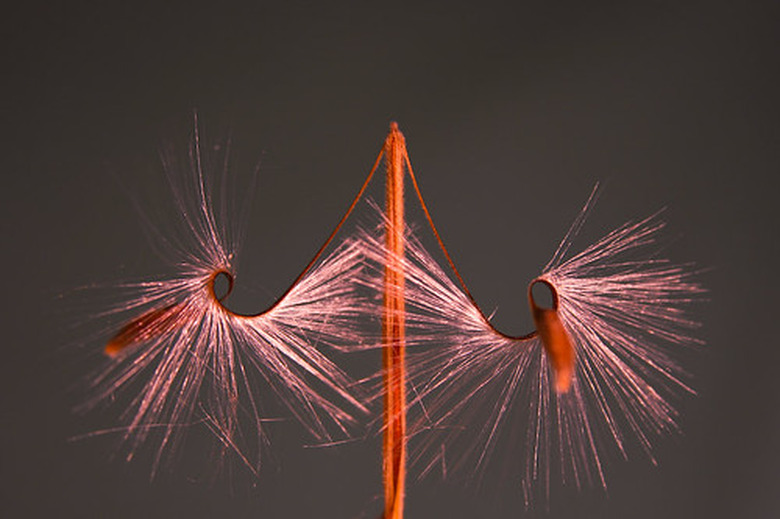Flower Seed Identification
Like all kinds of seeds, the seeds of flowers come in a variety of shapes and sizes. Some are rounded, like the familiar sunflower seed. Others are feathery, like the dandelion seeds children love to blow into the air. Identifying flower seeds can be tricky unless you know how to examine them.
Identification
The first step is to look at the seed's identifying factors: shape, size, color and consistency. Look closely at the seed to see whether it is rounded or oblong. Use a ruler to measure how big it is. Note the color and whether it is hard or soft. You can then use a variety of sources to help you identify your seed.
- Like all kinds of seeds, the seeds of flowers come in a variety of shapes and sizes.
- The first step is to look at the seed's identifying factors: shape, size, color and consistency.
Books
The easiest way to try to identify flower seeds is to start with books. Check out your local library or bookstore, and look for books with vivid images to help make your search easier.
Internet
Try conducting an image search on a search engine. Use words that help identify the seed–for example, "round yellow flower seed." There are also specific websites that can help in your identification. One website, Seedimages.com, is a virtual herbarium that you can subscribe to for a fee.
Ask the Experts
Take a photograph of the seeds and e-mail it to your nearest Cooperative Extension System, which often has a service that provides answers to horticultural questions. Or take the seeds to your local nursery and ask some of the expert staff if they can help you identify them.
- The easiest way to try to identify flower seeds is to start with books.
- Take a photograph of the seeds and e-mail it to your nearest Cooperative Extension System, which often has a service that provides answers to horticultural questions.
Planting
If all else fails, and you still can't identify your flower seeds, try planting a few of them to see what grows. Plant the seeds in a container, in case they are an invasive plant. Once the flower forms, you should be able to identify the flower using a good horticultural guide.
